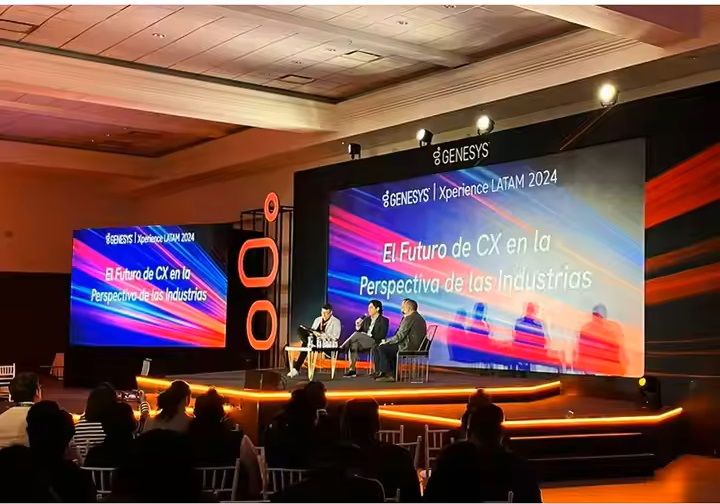As a new industry in the new era, LED screens have developed rapidly in recent years. There are many different opinions and speculations about the industry’s development trend planning. This article will explore the general direction of the development of the LED stage screen industry, systematically elaborating on the future trends and directions of LED screen development.

major directions for the development of future LED display products:
1、 Developing towards energy conservation
LED (semiconductor light-emitting diode) itself is very energy-efficient, with characteristics such as high luminous efficiency, long lifespan, easy control, and maintenance free; It is a new generation of solid-state cold light source, with soft, bright, colorful, low loss, low energy consumption, and is a green and environmentally friendly product. So reducing the power consumption of LED screens and achieving true energy conservation is definitely the most important development direction for LED screens.
2、 Developing towards lightweight direction
The most commonly produced product in the industry before was the iron box screen, with a weight of over 50 kilograms per square meter for the optical screen, and the weight of the steel structure makes the overall weight very heavy. Even for a small to medium-sized project of several tens of square meters, the total weight must be measured in tons. In this way, many high-rise buildings are unable to withstand such heavy attachments, and the balance of the building’s load-bearing capacity and the pressure on the foundation are not easily accepted. So, lightweight is also the development direction of LED stage screens.
3、 Developing towards thin and transparent direction
The electronic products commonly used in our daily lives, such as televisions, are becoming thinner and thinner, many mobile phones are also highlighting ultra-thin features, and computer monitors are also developing towards thinness. The product becomes thinner and lighter in weight, making it easier to transport and assemble for display screens. LED display manufacturers must also keep up with the mainstream of electronic products. Speaking of “transparency”, “transparency” refers to air and light transmission. If LED screens are installed at the top of high-rise buildings, then air transmission is very important. The higher the ventilation rate, the lower the wind resistance, the stronger the wind resistance, and the greater the protection for the product. If the LED display screen is installed on the side of a high-rise building, the product can transmit light and will not affect indoor lighting. Otherwise, after the product is installed, it will become a dead wall, making the room dark during the day as well as at night. In summary, thin and delicate is also the development direction of LED display screens.
4、 Developing towards patent protection
From the current status of global LED patents, in terms of technology, LED has the characteristics of high technological bottlenecks but low entry barriers. The initial investment amount is not large, and the capital threshold is not high. In order to maintain technological competitiveness and reduce the risk of technology spillover, patents are the best way to protect. The patent barrier is the main means for early entrants to avoid competition, so patents have become an important issue that cannot be avoided in the development process of the LED industry. However, the entire industry has not paid much attention to it at present. After the LED display industry started, it basically did not experience adjustment and development, and entered a stage of fierce competition directly. Everyone was busy competing for the market, expanding scale, and almost did not spend much energy on product research and development. It also did not take into account intellectual property protection, and some new technologies did not apply for patents in a timely manner. As the industry gradually matures and standardizes, protecting one’s intellectual property and intangible assets through patent applications is also an inevitable development direction for the LED display industry.
5、 Developing towards fast and precise splicing direction
This is mainly for LED rental display screens. The characteristic of leasing is frequent disassembly and assembly to meet temporary needs, so the display screen boxes must be able to be quickly and accurately spliced together. Just like a temporary outdoor concert, you need to rent a background display screen of about 50 square meters, and the decision to use an LED screen may be made two days before the concert starts. In this situation, if the product cannot be quickly and accurately assembled, it cannot meet the on-site requirements. Even if it is a fixed installation, this requirement still exists, otherwise it will increase labor costs, affect the flatness of the large screen, and thus affect the display effect. So fast and precise installation is inevitably the development direction of LED screens.